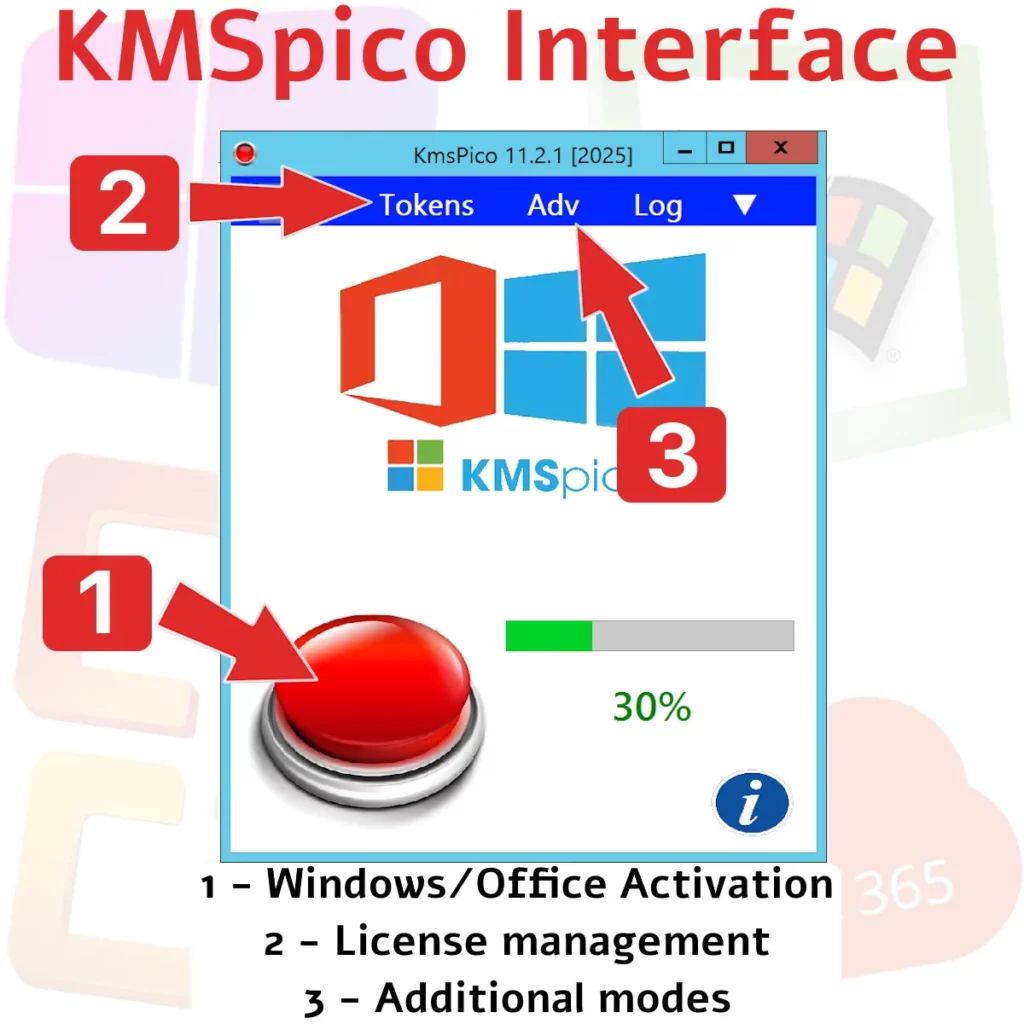In the realm of software licensing, maintaining compliance while efficiently managing activation processes is crucial. One tool that has gained notoriety is the kmspico activator. While it offers a quick fix for activation issues, it also raises significant legal and ethical concerns. Understanding its implications is essential for both individual users and organizations aiming to stay on the right side of the law.
Understanding the kmspico Activator
The kmspico activator is a widely used tool designed to bypass software activation mechanisms in Windows and Office products. As an unauthorized method, it effectively imitates a Key Management Service (KMS) server within your network to activate software without genuine product keys. Despite its popularity, this method is technically classified as a form of crack software, posing significant risks to users.
Using such a tool might seem like an easy solution to avoid purchasing costly licenses. However, it’s important to recognize that this approach undermines the value and effort invested by developers and vendors in creating reliable software products. The use of kmspico activator can consequently devalue genuine products and services offered by legitimate companies.
Legal Implications of Using kmspico Activator
Utilizing the kmspico activator can breach software license agreements, leading to potential legal action from software vendors like Microsoft. These agreements explicitly prohibit bypassing activation protocols, which makes using tools like kmspico a form of piracy. Organizations caught violating these terms may face hefty fines and damaged reputations.
The legal ramifications extend beyond financial penalties. Repeated violations may result in restrictions or bans on future use of certain software products, severely impacting business operations. Additionally, companies may suffer reputational damage that could hinder customer trust and loyalty.
Technical Risks Associated with kmspico Activator
Aside from legal issues, the technical risks of employing the kmspico activator are considerable. Users often overlook the fact that downloading and executing such tools can introduce malware into their systems. Moreover, as a downloaded executable file, it poses security threats by potentially providing backdoor access to malicious entities.
The presence of malware can lead to data breaches, compromising sensitive information stored on affected systems. This risk not only threatens individual users but also poses a severe threat to organizations handling critical data, including financial institutions and healthcare providers.
Alternatives to kmspico Activator for Activation
For legitimate software activation, users should consider authorized methods provided by vendors. For instance, official KMS servers or Multiple Activation Keys (MAKs) offer secure and compliant ways to activate volume-licensed products. Utilizing genuine licenses not only ensures compliance but also provides support from software vendors.
Using Volume Licensing Services Properly
Organizations should invest in proper license management solutions that allow tracking and managing licenses efficiently. Tools like Microsoft’s Volume Licensing Service Center (VLSC) provide comprehensive insights into license usage and compliance status. Implementing such tools ensures that companies remain aligned with licensing agreements.
Effective license management can also facilitate smoother audit processes by ensuring all documentation is up-to-date and readily accessible. This proactive approach minimizes disruptions during audits and enhances overall operational efficiency.
Implementing Genuine Activation Protocols
Apart from volume licensing, deploying genuine activation protocols like Automatic Virtual Machine Activation (AVMA) in environments such as VM 2 vCPU / 4 GB RAM setups can optimize resource usage while ensuring compliance. This approach is particularly advantageous for server deployments requiring robust licensing solutions.
By integrating these protocols into existing IT infrastructure, organizations can streamline their activation processes while maintaining high levels of security and compliance with industry standards.
The Role of Compliance in Software Activation
Compliance extends beyond avoiding piracy tools like the kmspico activator; it’s about fostering a culture of integrity within organizations. Implementing regular audits and training ensures that employees understand the importance of adhering to licensing policies and procedures.
Conducting Regular Compliance Audits
Regular audits are essential for identifying potential non-compliance areas and rectifying them promptly. These audits help in maintaining accurate records of software licenses and usage, thus avoiding discrepancies during vendor audits.
- Dism Command: Using DISM (Deployment Imaging Service Management) can help manage Windows images efficiently and check for licensing issues.
- Snapshot Timing: Ensures that system snapshots are accurately captured before any significant changes are made, safeguarding against unintended activation breaches.
- License Tracking: Automated tracking systems assist in monitoring the usage of licenses across various departments within an organization.
The Value of Employee Training
Training programs designed to educate employees about licensing agreements and the risks associated with non-compliance are invaluable. These initiatives empower staff to make informed decisions regarding software usage, thereby reducing reliance on unauthorized tools like kmspico windows or other piracy methods.
An informed workforce is better equipped to recognize suspicious activities related to unauthorized software use or installation attempts, enhancing organizational security posture significantly.
The Future of Software Licensing Compliance
The landscape of software licensing is continuously evolving with advancements in technology and stricter enforcement by vendors. Staying updated with these changes is essential for maintaining compliance without resorting to risky alternatives like kmspico office activators.
Navigating New Licensing Models
As digital transformation progresses, new licensing models are emerging, including subscription-based services that offer flexible terms tailored to organizational needs. These models provide a more adaptive approach compared to perpetual licenses, allowing businesses to scale their operations more effectively.
Embracing Technological Advancements
Technologies such as cloud-based services offer built-in compliance features that automatically manage software activation processes without manual intervention or unauthorized tools. Leveraging these technologies can significantly reduce the risk associated with using unofficial activators like windows 11 activators from unreliable sources.

In conclusion, while the allure of easy solutions like the kmspico activator may be tempting, they come with substantial legal, security, and ethical risks. Embracing legitimate activation methods not only ensures regulatory compliance but also fosters a trustworthy business environment conducive to growth and innovation.


